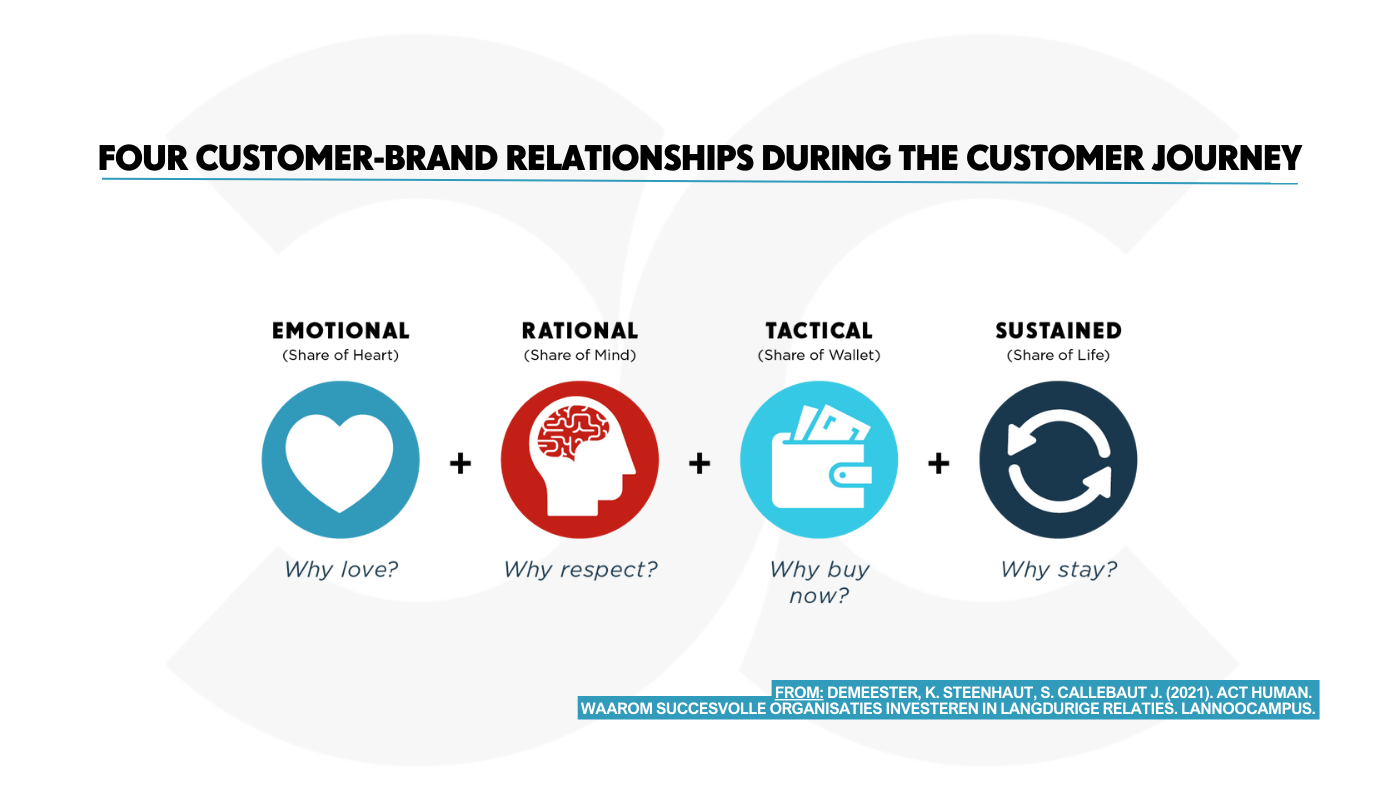From a business perspective, you can consider these relationships as buyer, consumer, customer and partner. The characteristics of the relationship determine to which elements of the brand value chain someone is more receptive and what kind of psychological language we best use in our communication. It is true, however, that the nature of the relationship evolves during the journey. In this sense, the customer journey is a useful tool to customize the relationship at the right time and place, while also connecting to the underlying Human Drivers, which can also evolve during the journey.
Share of heart
For these customers or prospects, emotional messages (joy, humor, sadness, anger …) play an important role. They want to buy, consume or use more than just a product. The relationship with the brand gives meaningful significance to their lives. Apple is perhaps the best-known example. Dell, on the other hand, is an example of a brand that wants to evolve from a share of wallet over a share of mind to a share of heart relationship.
Share of mind
Here the relationship is based on rational differences that are meaningful to consumers. Consider, for example, the market for automobile tires, where considerations such as wear resistance, stopping distance and so on are involved. These consumers often attach great importance to third-party experiences.
Share of wallet
This is a purely transactional relationship, where the buyer (or shopper) purchases our product based solely on our offer at that moment. Sometimes a buyer does repurchase, but only because we have the appropriate offer at that time and place. For example, think of a refuelling at a gas station or a “2 + 1” promotion at the department store. That may well be a profitable relationship, but it is purely transaction-driven.
Share of life
This is perhaps the most complex customer relationship, as the share-of-life relationship is eventually the ultimate goal of our Act Human strategy. While all of the previous relationships focus primarily on the “I,” here the “we” is central. It is a partnership relationship, a mix of the three previous ones. Mutual assistance and cocreation determine the dynamics of the relationship. This does not guarantee 100% customer loyalty, but the brand does have a preferred position in his eyes.



